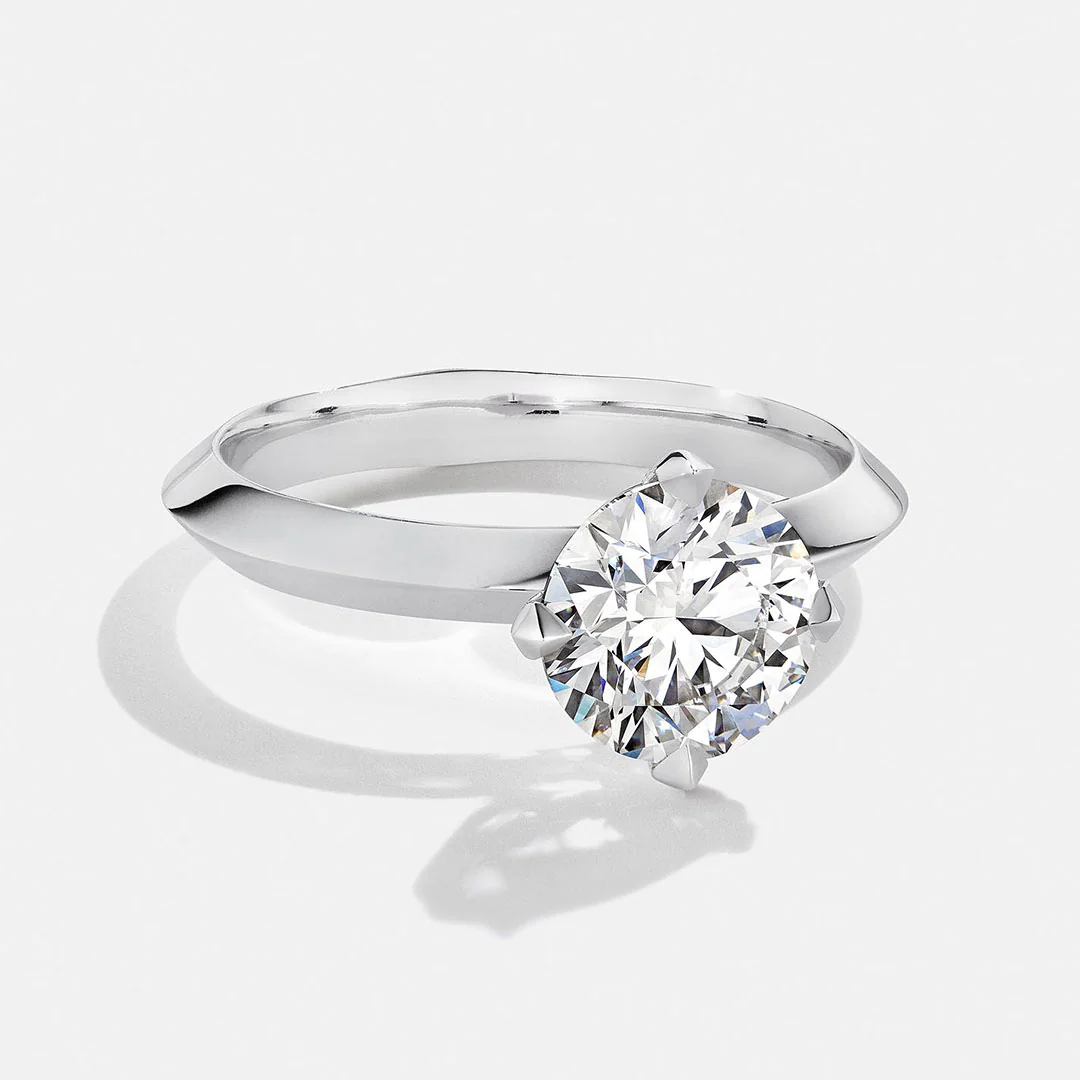Life in a diamond refers to the vivid, dynamic quality that gives the diamond its captivating brilliance, dispersion, and scintillation. It is the essence of what makes a diamond sparkle and appear alive under different lighting conditions. While many factors contribute to the overall aesthetic of a diamond, the concept of “life” encompasses how the diamond interacts with light, its ability to reflect and refract light, and the visual impact it has on the viewer.
Key Components of Life in a Diamond
The term “life” is a combination of three key optical phenomena that work together to create the diamond’s stunning visual effects. These include brilliance, dispersion, and scintillation:
Brilliance:
Brilliance refers to the amount of white light that is reflected from the surface and the facets of a diamond. It is a measure of how much light is returned to the viewer’s eye, creating a sparkling, bright effect.
The quality of brilliance depends heavily on the cut of the diamond. Well-cut diamonds with optimal proportions and angles will exhibit the maximum amount of brilliance. When a diamond is cut properly, the light entering through the top is reflected back through the table and facets, creating an intense, white sparkle.
Dispersion:
Dispersion, also known as “fire,” is the effect that occurs when light is split into its constituent colours as it passes through the diamond. This creates the colourful flashes of light that you often see in high-quality diamonds, particularly in sunlight or bright lighting.
The greater the dispersion, the more the diamond will show a rainbow of colours, enhancing its visual beauty. A well-cut diamond will maximise the effect of dispersion, allowing it to reflect the full spectrum of visible light.
Scintillation:
Scintillation refers to the flashes of light and sparkle that appear as the diamond moves. These flashes are the result of light being reflected off the facets of the diamond as it is tilted or rotated.
The more facets a diamond has, and the better its proportions, the greater the scintillation effect. A diamond with excellent scintillation will have a lively, dynamic sparkle, even when viewed from different angles or when moved slightly.
The Role of Cut in Life
The cut of a diamond is the most significant factor influencing its life. The cut determines how well a diamond interacts with light, affecting its brilliance, dispersion, and scintillation. An ideal cut maximises all of these attributes by ensuring that light enters, reflects, and exits the diamond in the most efficient manner possible.
Proportions and Symmetry: Proper proportions and symmetry are critical in the cut of the diamond. A well-cut diamond ensures that the angles of the facets are aligned in such a way that light is properly reflected and refracted, leading to maximum brilliance and fire.
Polish: The quality of the diamond’s polish also impacts its life. A poorly polished diamond may have rough surfaces that cause light to scatter unevenly, reducing brilliance and fire. On the other hand, a well-polished diamond will allow light to enter and exit smoothly, enhancing its sparkle.
Why Life Matters in a Diamond
Visual Appeal: The “life” of a diamond is what attracts the eye and creates the allure that diamonds are known for. The more vibrant and sparkling a diamond appears, the more attractive it will be to the observer. Life adds depth and dimension to the diamond, making it look stunning from all angles.
Value: A diamond with excellent life is often more valuable because it is more visually striking. Diamonds that display higher levels of brilliance, dispersion, and scintillation tend to be more desirable, thus commanding higher prices in the market.
Emotional Impact: A diamond’s life can evoke emotions, especially when it is worn in jewellery such as engagement rings or necklaces. The way a diamond sparkles and shifts with the light can symbolise significant moments or memories, making the emotional value of the stone even greater.
Evaluating Life in a Diamond
When purchasing or evaluating a diamond, the life is an essential consideration. However, unlike colour, clarity, and carat weight, “life” is a more subjective aspect of the diamond. It is not usually quantified on a grading scale, but instead evaluated based on its visual impact.
Lighting Conditions: The effect of life can vary depending on the lighting environment. A diamond might look stunning in natural sunlight, but may appear less lively under low or artificial lighting. For this reason, it’s important to view diamonds in different lighting conditions to fully appreciate their brilliance and fire.
Personal Preference: Life in a diamond can also be subjective based on individual preferences. Some people prefer a diamond with a more intense sparkle, while others may appreciate a subtler effect. Different cuts, such as round brilliant or cushion cut, will exhibit life in unique ways.
Life in the Diamond Industry
Marketing and Presentation: In the diamond industry, life plays a significant role in marketing. Diamonds with exceptional brilliance and sparkle are often highlighted as being “extraordinarily lively,” creating a sense of awe and desire among potential buyers. This makes life an important selling point in the jewellery market.
Technology and Innovations: Advances in cutting technology have greatly improved the life of diamonds. Modern cutting machines allow for greater precision in shaping diamonds, leading to cuts that maximise light reflection and enhance the diamond’s overall beauty. Additionally, the use of advanced techniques such as laser cutting ensures that diamonds have more symmetrical and finely polished facets, resulting in a greater display of life.
